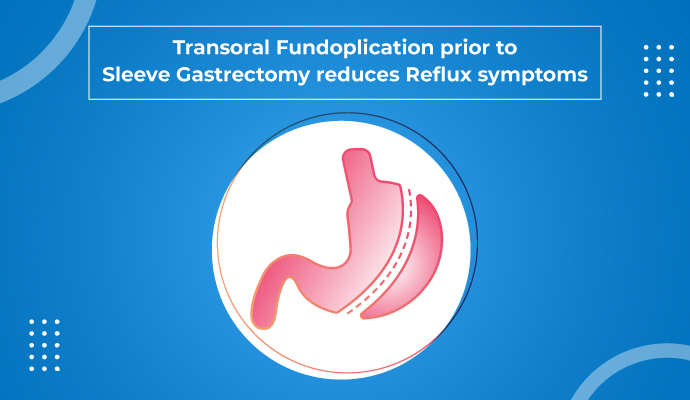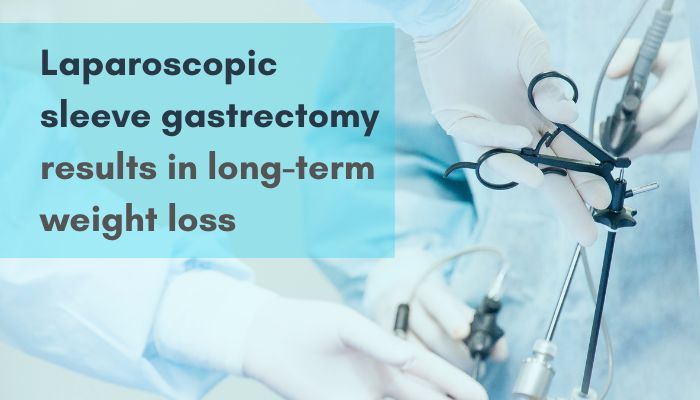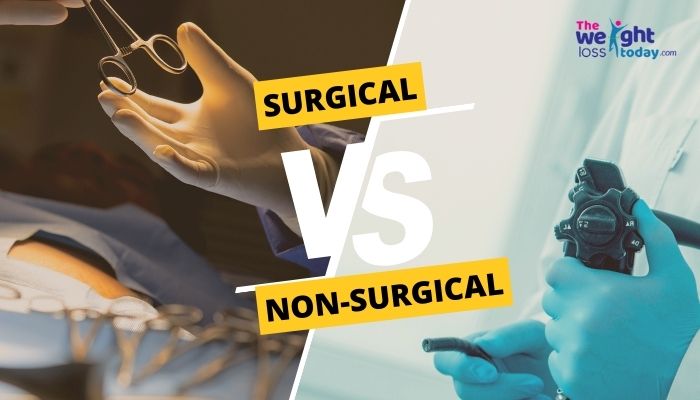
Sleep apnea and how it is associated with Obesity
Sleep apnea refers to a condition in which
59,007 total views, 130 views today
Home » Intragastric Balloon Surgery
After the procedure, the patient may feel nausea, vomiting and abdominal cramps which may resolve on its own within two weeks. Six hours after the procedure, the patient may have small amounts of clear liquid, which should be continued for a week. During the second week, the person may have a soft or semi-solid diet. Three weeks after the procedure, the patient can get back to the normal diet. However, the patient needs to follow the diet modification as suggested by the doctor.
Usually, intragastrical balloons are left in the stomach for six months after which they need to be removed using an endoscope. Endoscopic removal of the intragastrical balloon may require administration of sedation. Once the patient is sedated, a special endoscopic tube attached with a tiny camera is inserted through the mouth into the stomach. With the help of it, the surgeon deflates the balloon using a special tool. The balloons are then removed along with the endoscope. This procedure usually lasts for about 15 to 30 minutes.

Sleep apnea refers to a condition in which
59,007 total views, 130 views today

Since the beginning of 20th century, the overall
58,983 total views, 129 views today

New year is the time for new beginnings.
59,683 total views, 129 views today

Weight loss can be tricky business, as it
59,555 total views, 130 views today

According to a recent study, weight loss through
60,453 total views, 129 views today

According to a recent study, preoperative very low
60,454 total views, 129 views today

A recent study conducted on GERD (Gastroesophageal Reflux
60,459 total views, 130 views today

A recent study done to examine the long-term
59,337 total views, 126 views today

Overweight and obesity is a major health concern
29,606 total views, 94 views today

A recent study published in the Journal of
28,796 total views, 94 views today

The findings from a recent study, published in
29,037 total views, 94 views today

The findings of a recent study, published in
29,437 total views, 94 views today